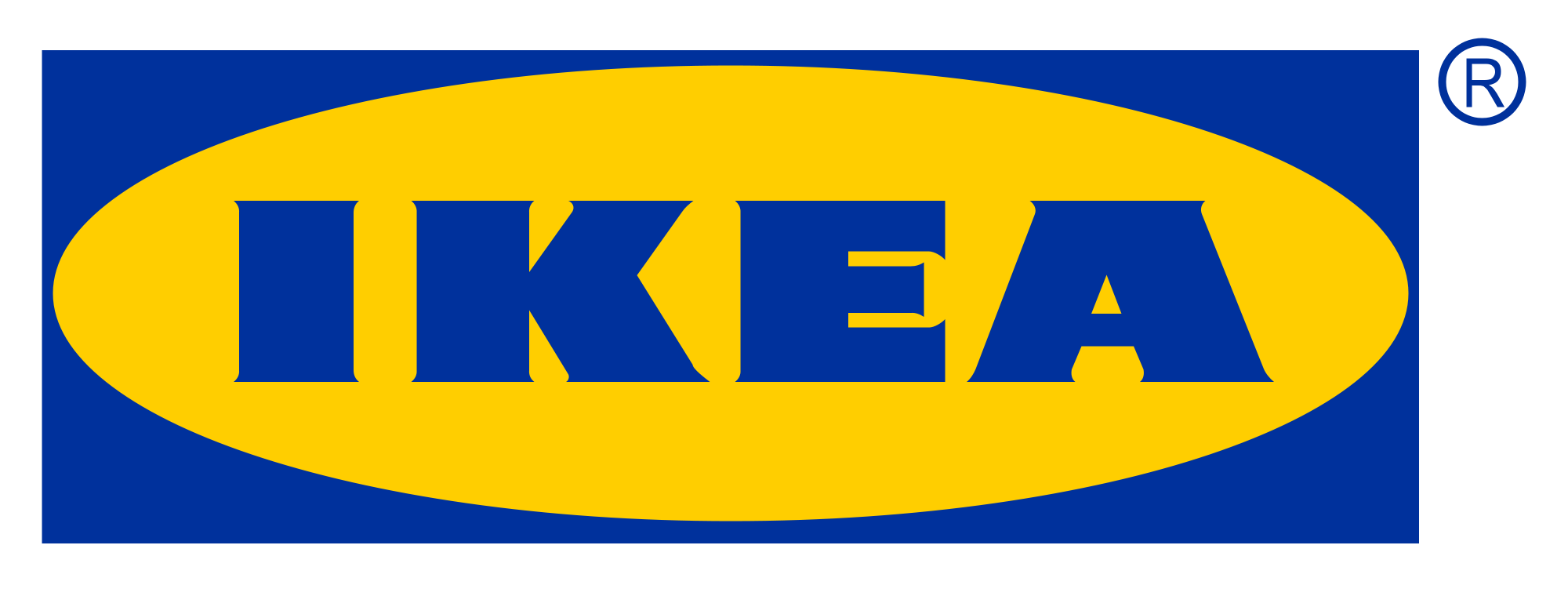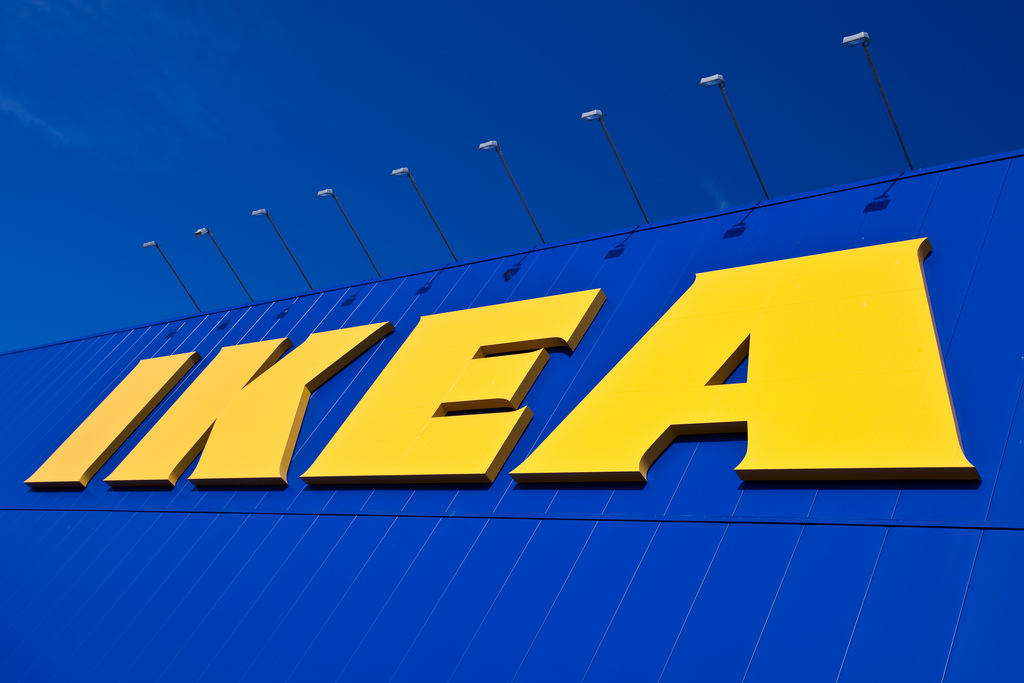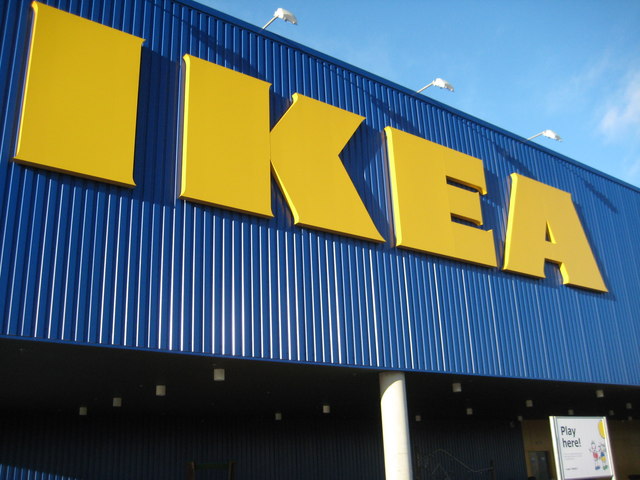
IKEA is one of the biggest companies in the world, one that is instantly recognizable to millions of us and one that many of you are keen to invest in. So, can you buy IKEA stock or is this one of those companies that is out of reach to the average investor?
We put IKEA shares in the spotlight as we look to get to the bottom of this.
IKEA Stock
Unfortunately for anyone looking to invest in their favorite furniture store, IKEA stock is not currently available on the stock exchange. It is a privately held company not a public one, which means that the entirety of IKEA shares are locked firmly away and are not available for purchase.
Many of the world’s biggest companies are listed on the stock exchange and the fact that they are open to the public has actually accelerated their growth. Such is the case with companies like Microsoft (NASDAQ: MSFT) and Apple (NASDA: AAPL).
A private company doesn’t need to constantly worry about the slightest decline in sales, resignation of a CEO or other news impacting its share price and in turn, its value. They also don’t have to pay dividends to each and every shareholder. But on the flip side, they don’t have the added advantage of being able to raise funds whenever they feel like it.
There are pros and cons, but you also have to see it from the prospective of a majority shareholder. When they are in complete control and are relying on that company to keep their coffers full, then why would they divvy up those shares, offer them for sale to the public and relinquish control?
Who Owns IKEA Shares?

Now that we have established that IKEA stock is not available to the general public, just who is in control? The owner is a parent company by the name of Stichting INGKA Foundation, who are actually Dutch and not Swedish. In fact, not only is the foundation that runs them Dutch, but their headquarters are also based in the Netherlands.
This is still a Swedish company though. The founder, Ingvar Kamprad, is Swedish and the style of the furniture is Scandinavian. He was the one who created the IKEA parent company having created the IKEA brand when he was just 17 back in 1943. At the time of writing, Kamprad is actually still alive at the ripe old age of 91, having practically cemented his name into Forbes and Bloomberg lists of the richest people alive, with a net worth estimated to be everywhere from $4 billion to $45 billion.
Why is it Named IKEA?
This is an easy one. The “IK” part comes from his name, Ingvar Kamprad, while the “E” is the farmhouse where he grew up, Elmtaryd, and the “A” is his hometown, Agunnaryd.
How Many Countries Have IKEA Stores?
There are 410 IKEA stores around the world. These stores tend to be huge and because the company has such a big name for itself, it attracts visitors from miles around. This means that they adopt a model of “quality over quantity”, focusing on grand, open and expansive stores as opposed to many small ones littering the retail landscape.
They also build out of town and create vast car-parks for their visitors. This means they can avoid the extortionate rents charged by inner-city locations and it also means they can build bigger and better stores without restrictions holding them back.
Why Did IKEA Grow so Fast?

It’s not necessarily a love of Scandinavian furniture that helped this brand to grow. The business and the template came first and they helped to set the trends from that point on. Even today IKEA is still considered unique, but back in the day it was even more so. Furniture was expensive, big and bulky. It was made of the finest woods and it was either bought as single pieces that needed to then be lugged home, or it was bought in parts that needed a skilled hand to put them together.
IKEA lowered the costs by creating a product that used simplistic designs and cheaper materials. They also manufactured them with basic assembly in mind, essentially creating a wooden jigsaw that could be built using little knowledge and basic tools. This further cheapened the process for them as it meant they were simply manufacturing basic parts on a production line.
Of course, it’s never easy to sell such a revolutionary idea to an industry that is set in its own ways and they always ran the risk of being labelled as cheap and terrible. This is where the layout of IKEA stores comes into play. They funnel visitors through a series of showrooms. ensuring that they see the finished product in all of its glory and that they see every single room and accessory before they leave the store.
This is the genius of IKEA and it’s why they have grown so big so quickly. The flat-pack furniture idea is now copied by every other bargain furniture retailer and these days the traditional methods have all but died out.
IKEA Share Price
It’s hard to estimate the potential share price of IKEA if they were to list on the stock exchange, as unlikely as that would be. Too many factors come onto play. However, we can estimate the total worth of the company and then stack this up against other companies that are listed.
IKEA has a revenue of about $45 billion, of which about $5.5 billion is their net income, with over $60 billion in assets. This means that anyone even contemplating buying this company out would need at least $100 billion burning a hole in their pocket.
If we look at how companies listed on the stock exchange compare, it puts them well ahead of brands like Twitter (NYSE: TWTR), but roughly on par with Facebook (NASDAQ: FB). Right now, Facebook shares are listed at $180 a piece, a decent estimate for the likely share price of IKEA should they ever list.
Which begs the question…
Will IKEA Stock Ever be Listed?
It is highly unlikely that we will ever see an IKEA IPO. This is one of those companies that will likely always remain in private hands, much like the supermarket chain Aldi and the global brand Red Bull. This of course means that you will never be able to invest directly in IKEA, unless of course you find yourself with a few billion dollars and are keen to buy a multinational brand.